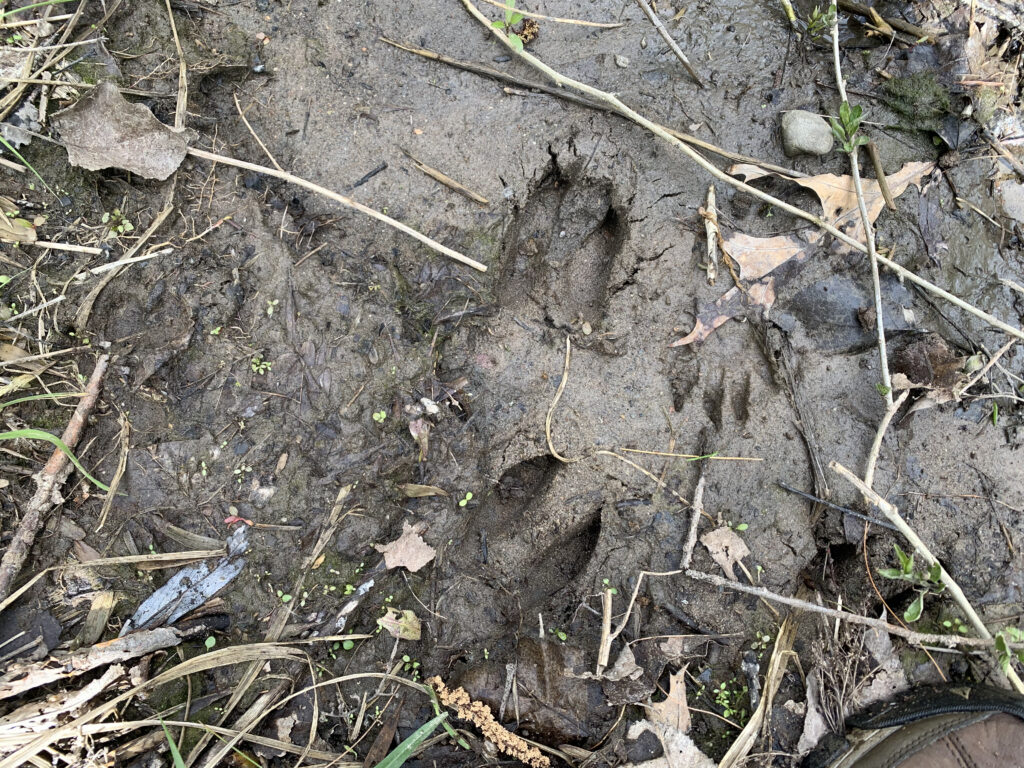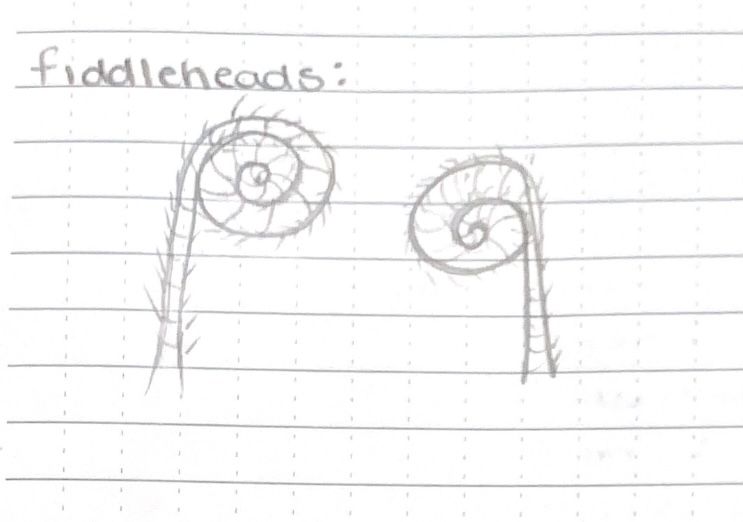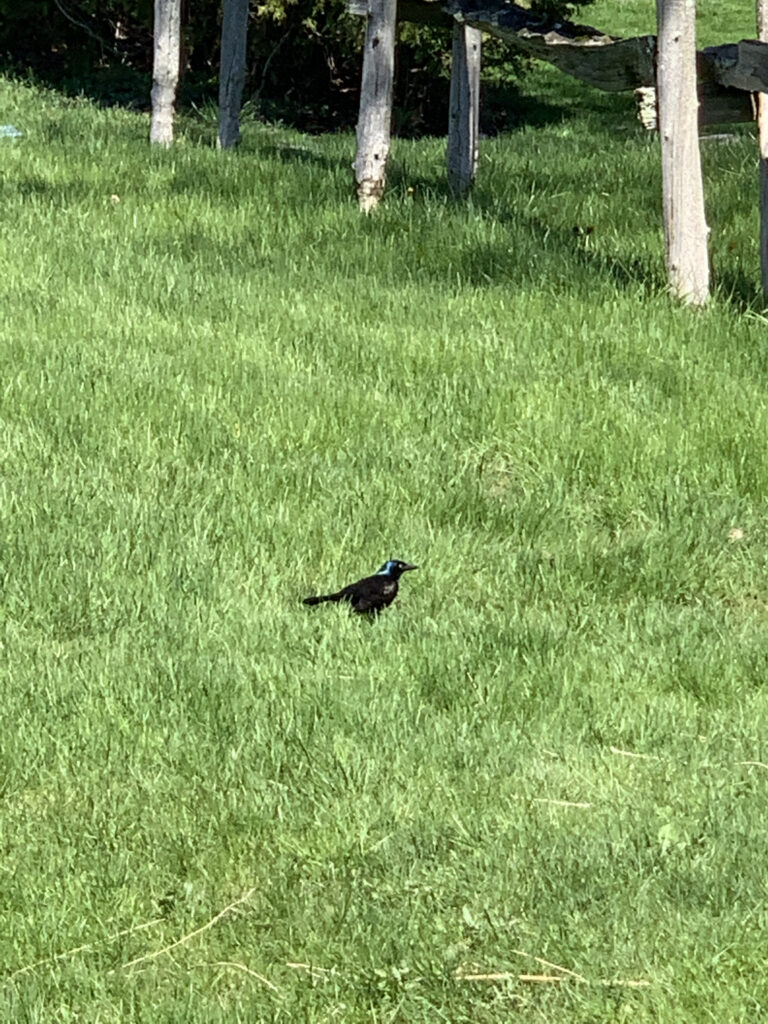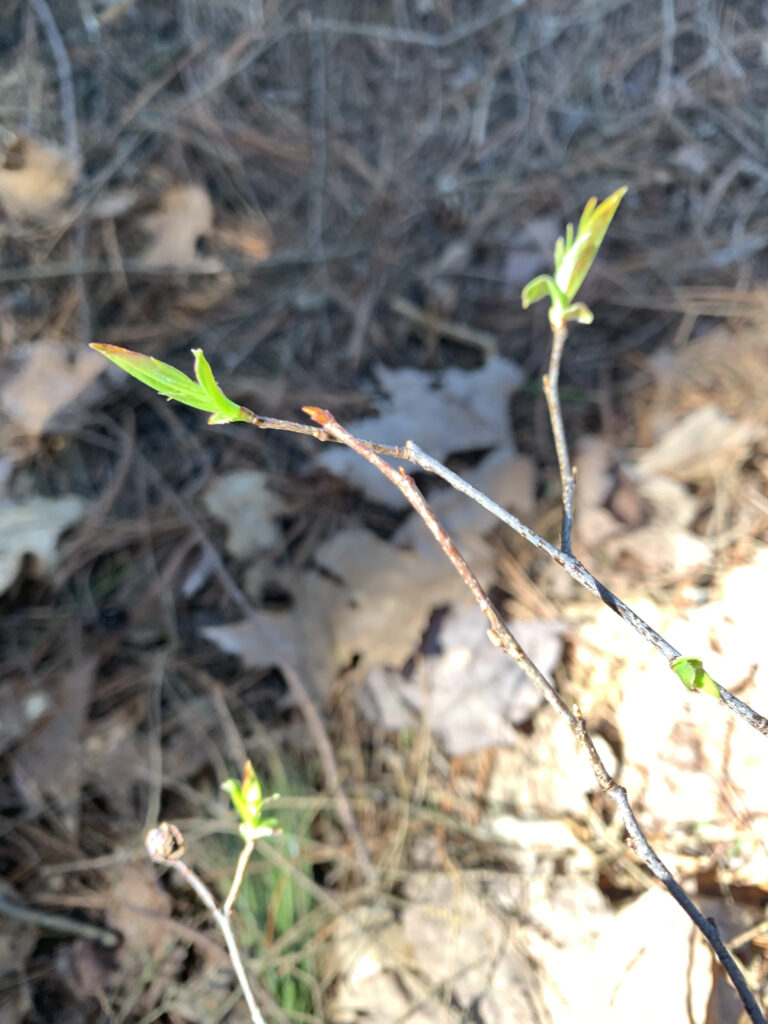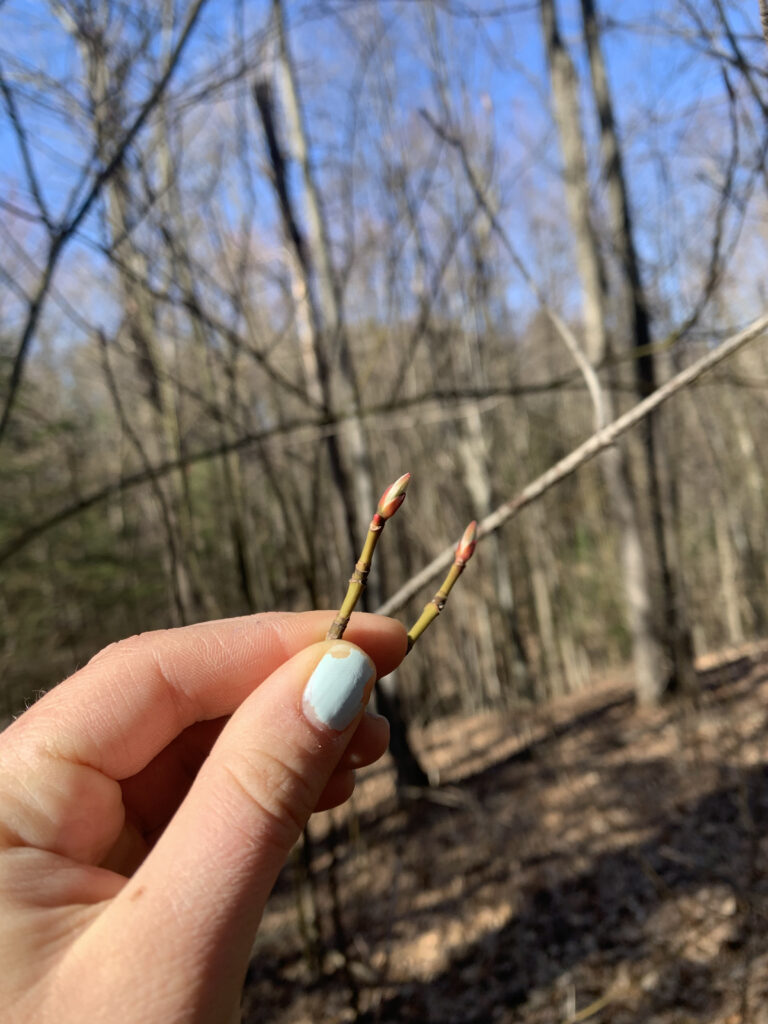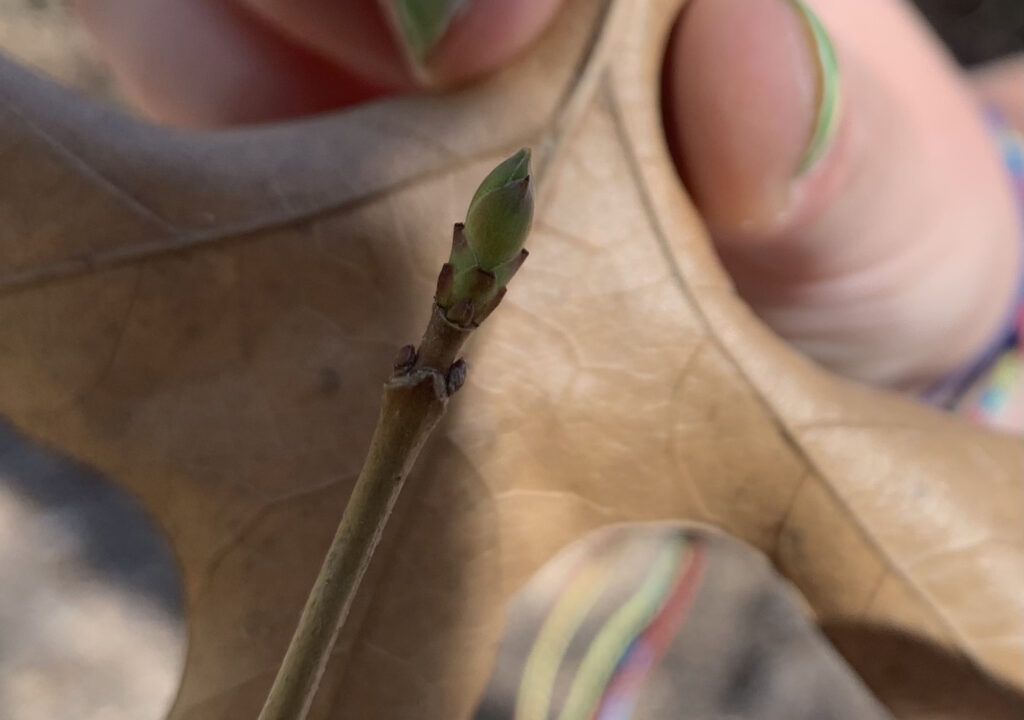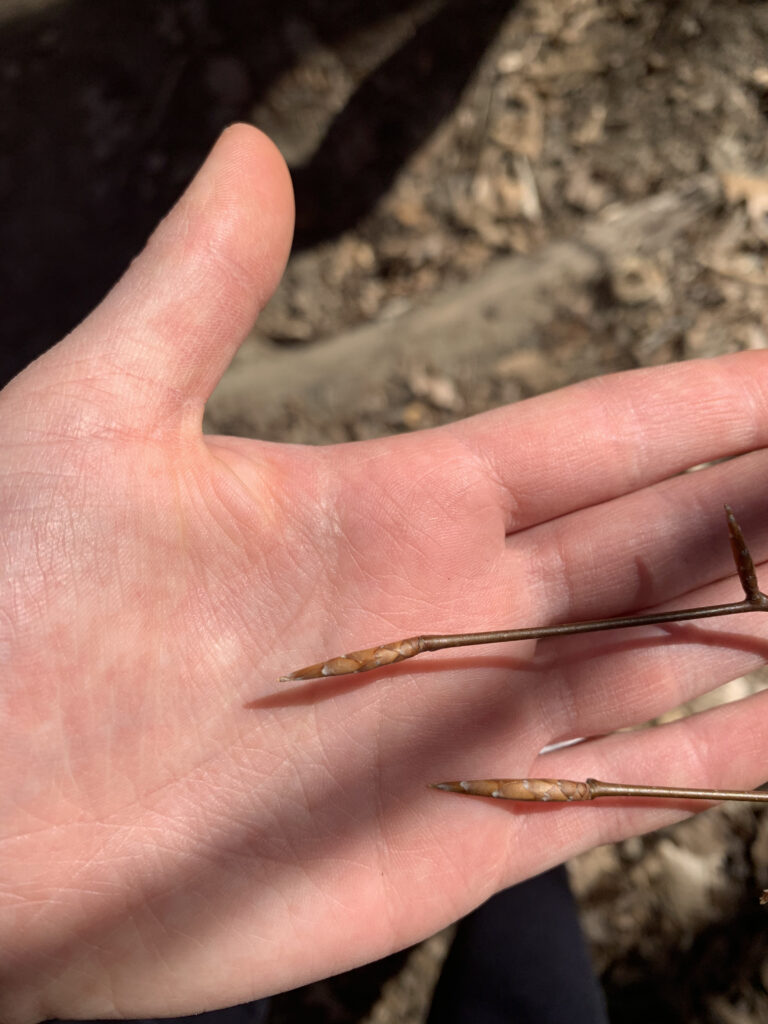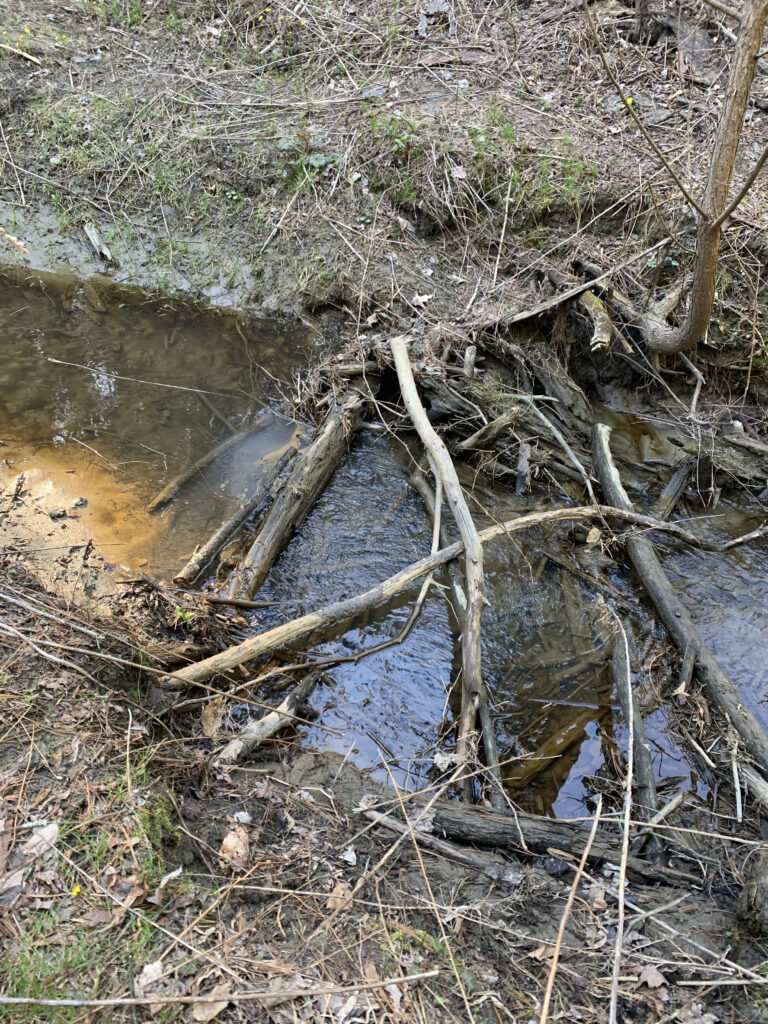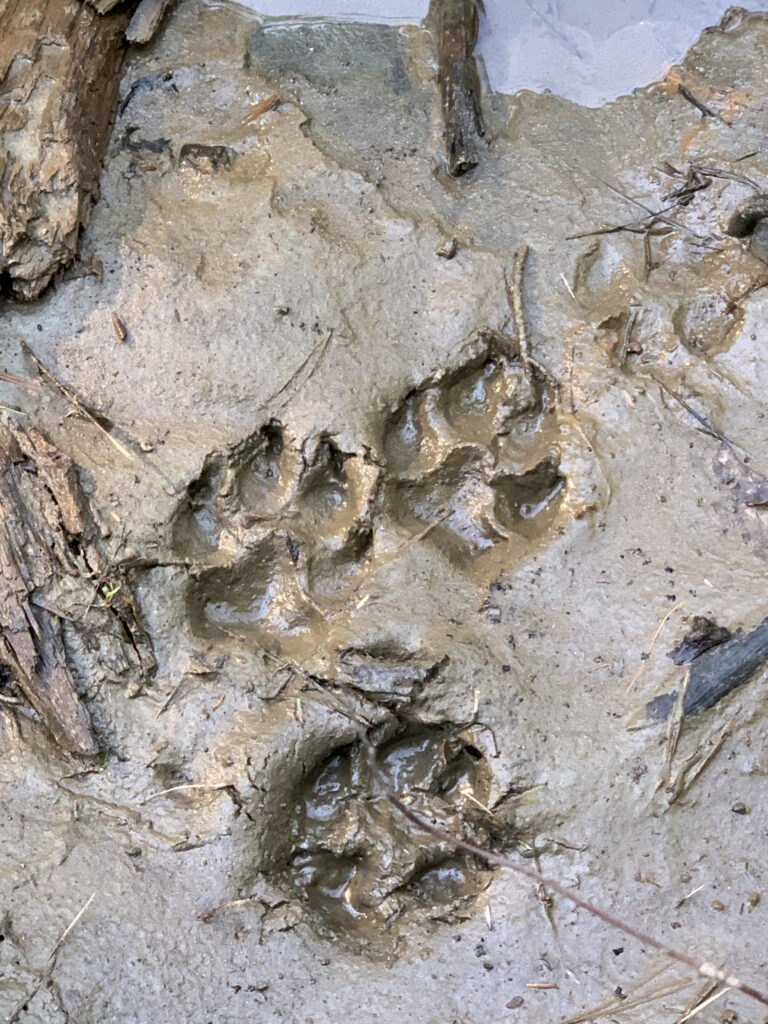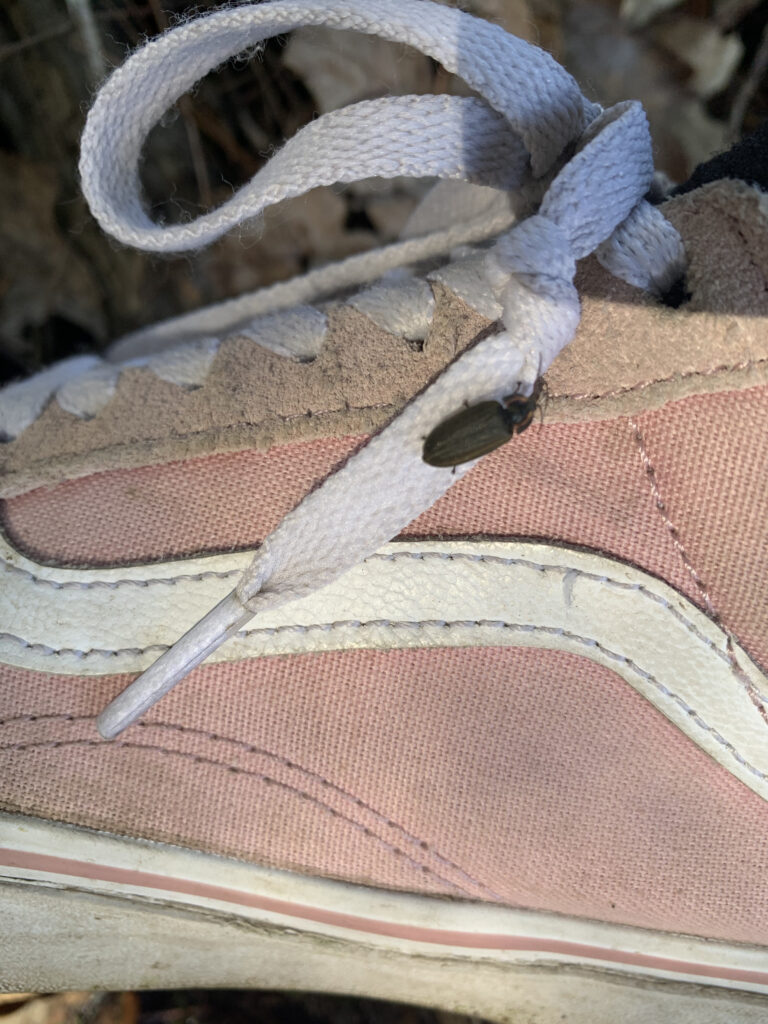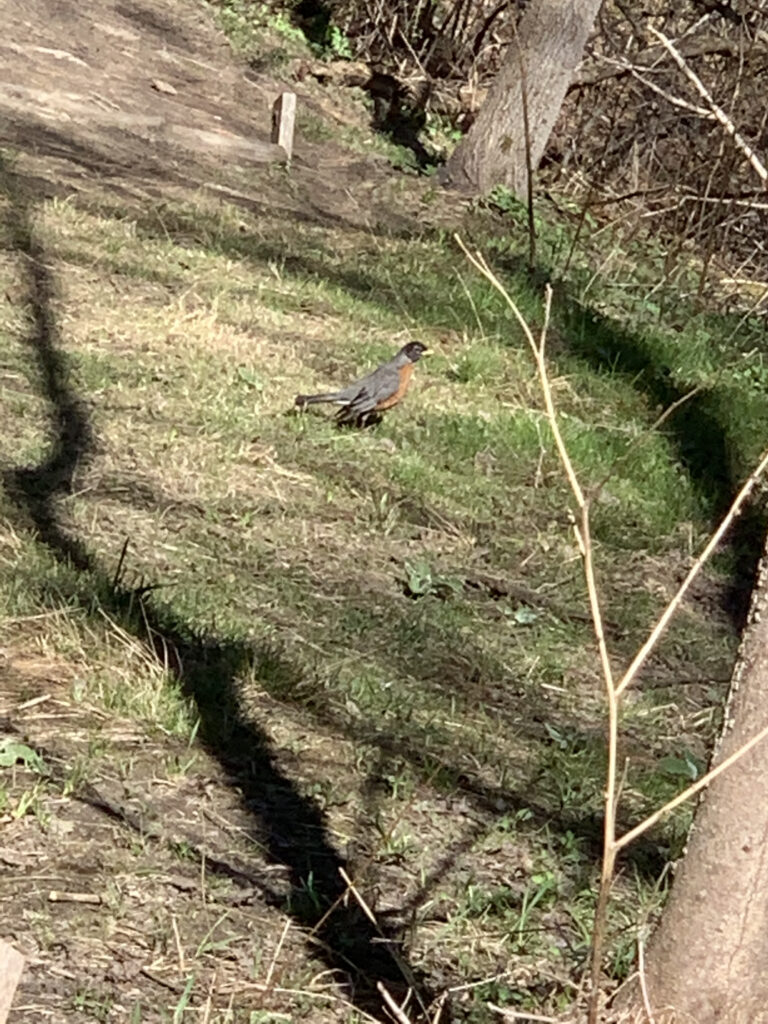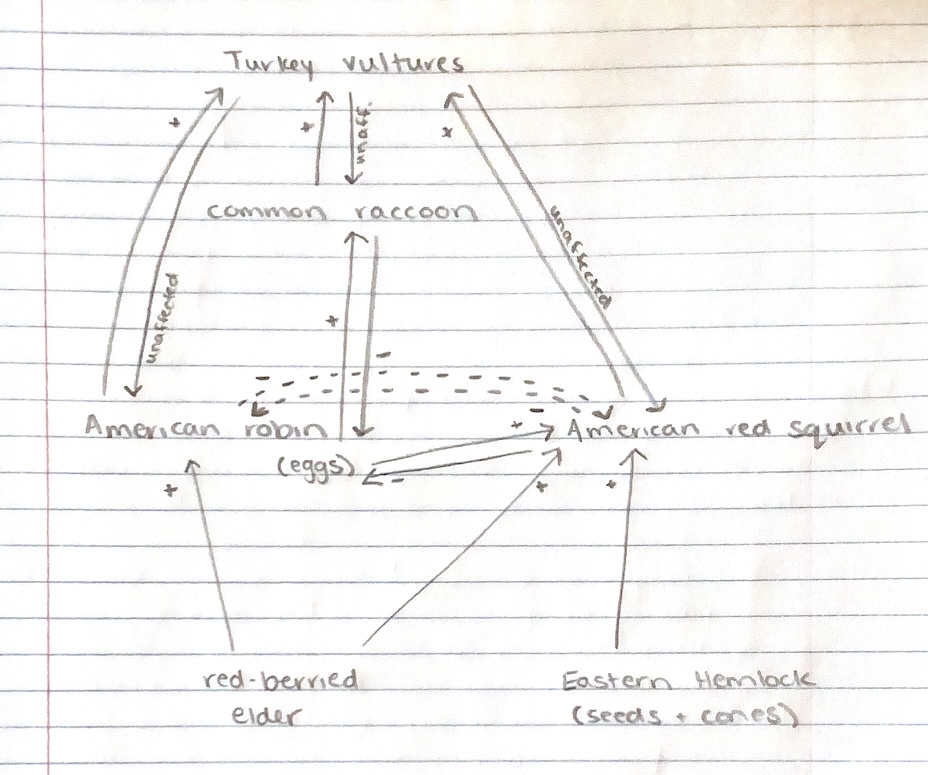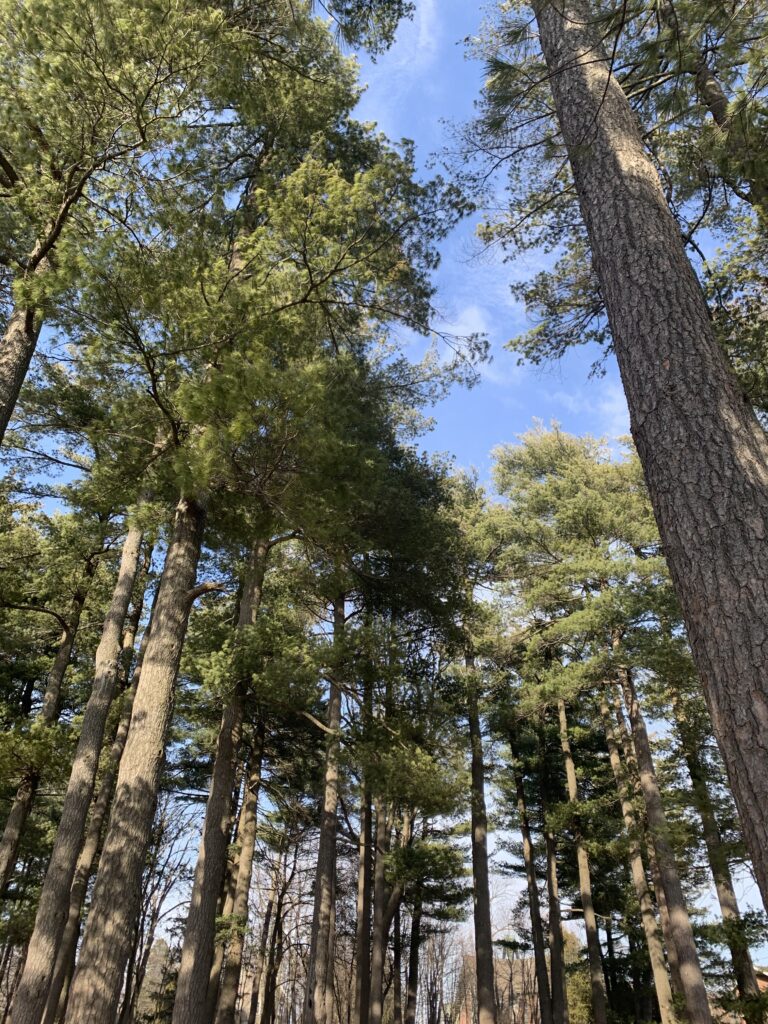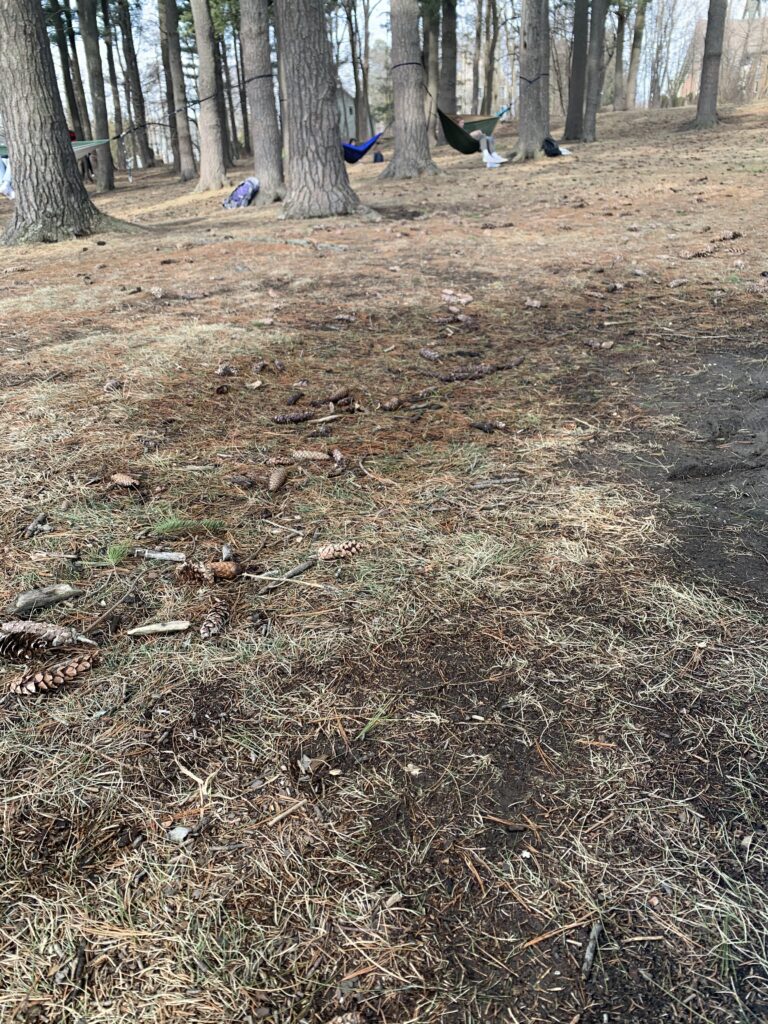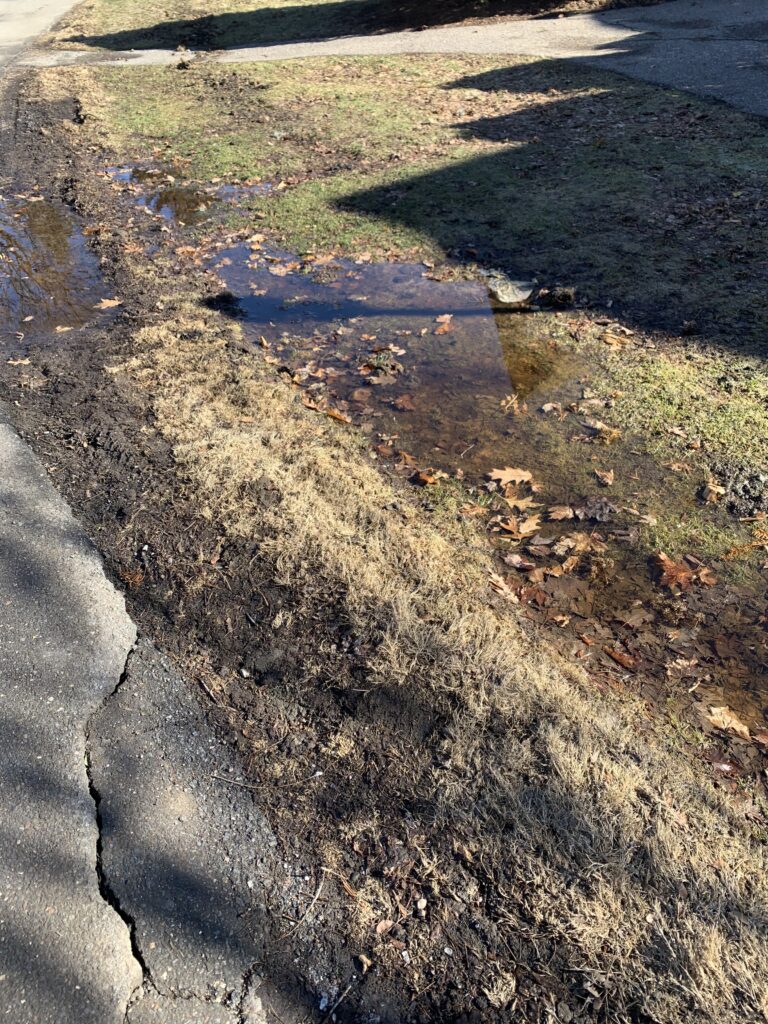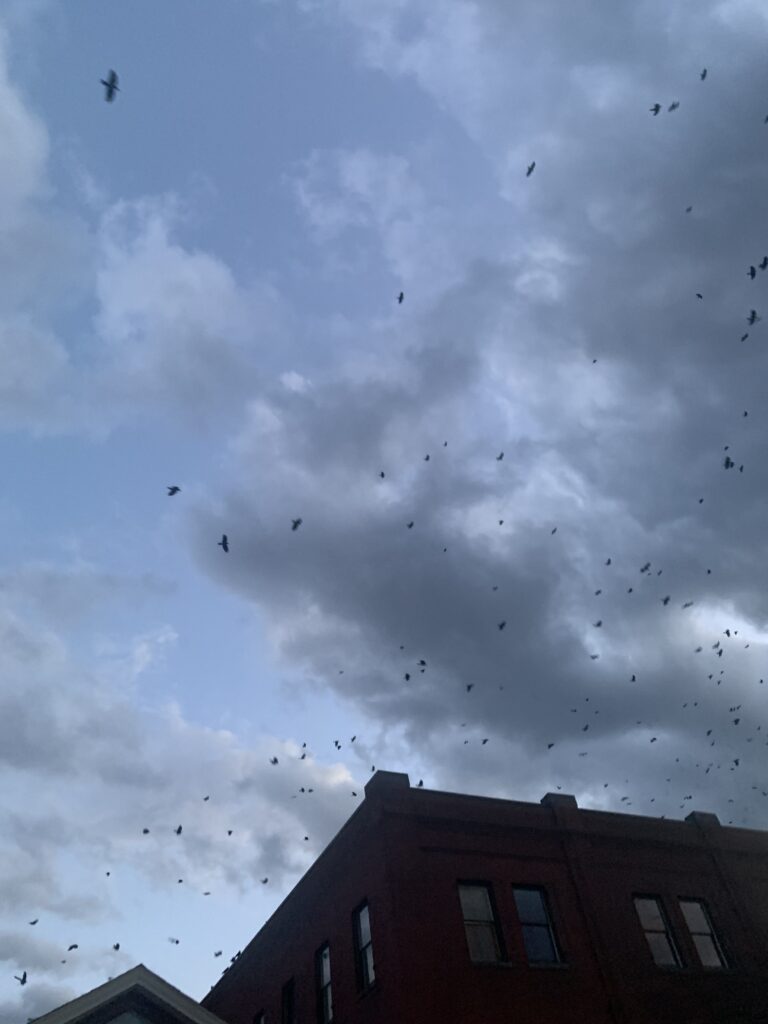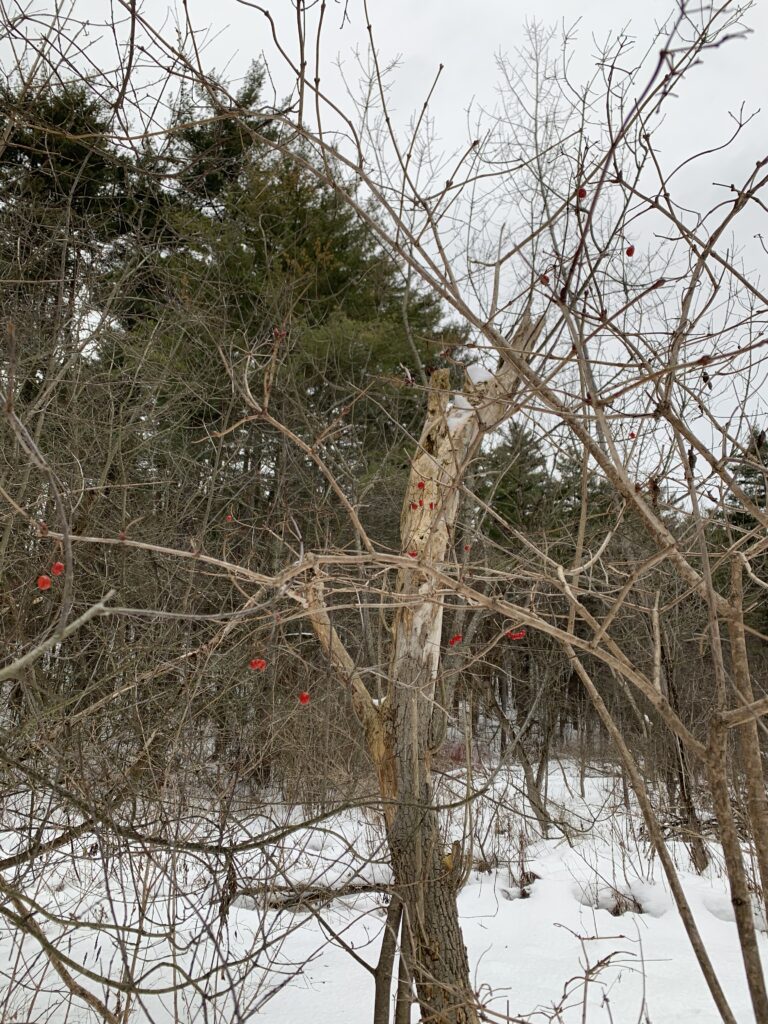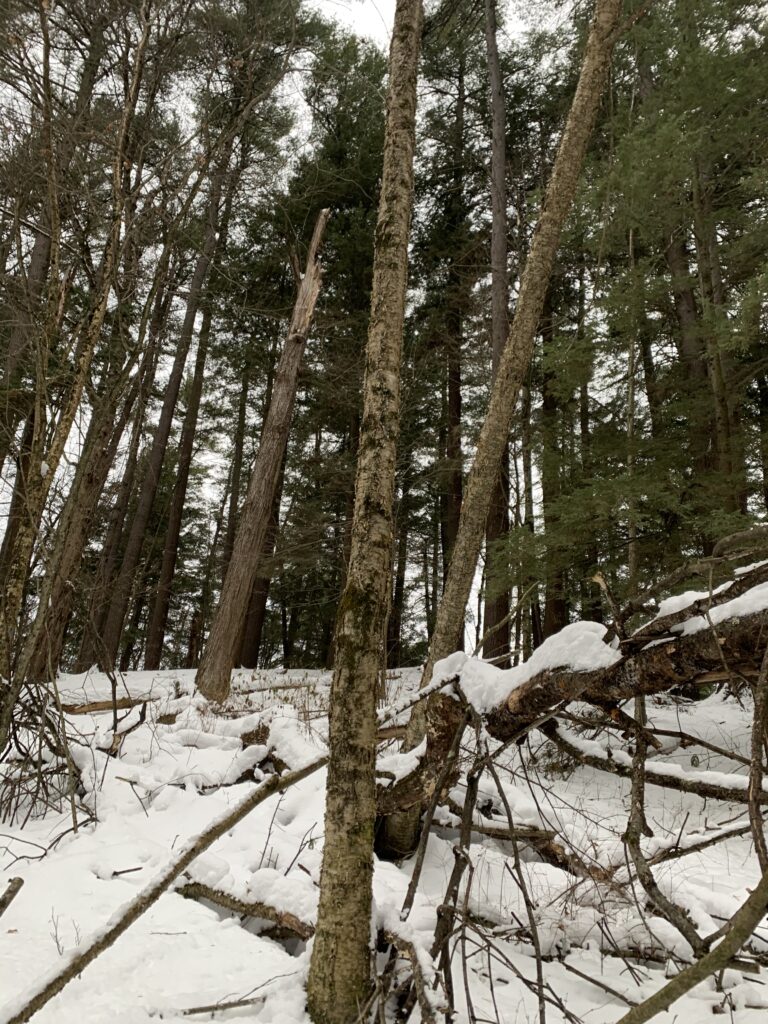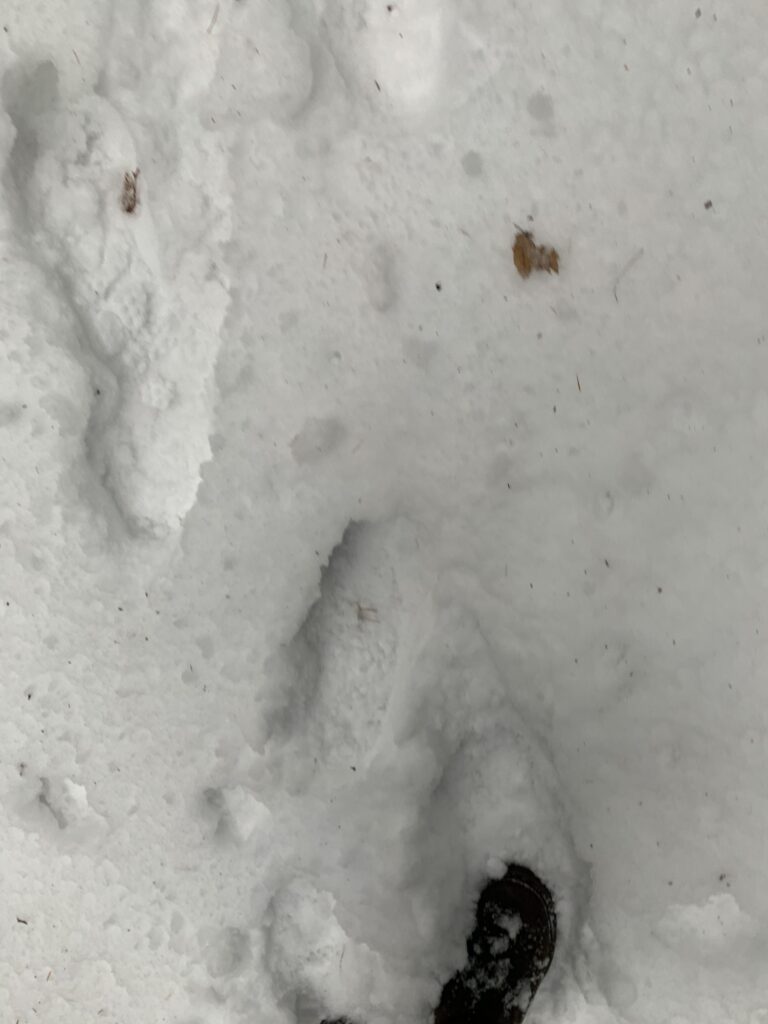Nature and culture are intertwined in Centennial woods in may ways. The past human land use is easily visible today. When the land was colonized, it was clear cut for grazing. As you walk along the paths, you will see the remains of barbed wire fences and cement walls, evidence that the land was once used for livestock. However, a restoration effort took place, which is why there are seemingly perfect rows of white pines that are all the same age in the forest.
After this semester, I do consider myself as part of my place. I have explored the woods countless times, whether it be for an upcoming blog post, for fun with friends, or by myself. I have come to care for the woods very much because it has provided me with many great experiences. Because my relationship with the land has grown, I feel more inclined to help protect it in the future.
